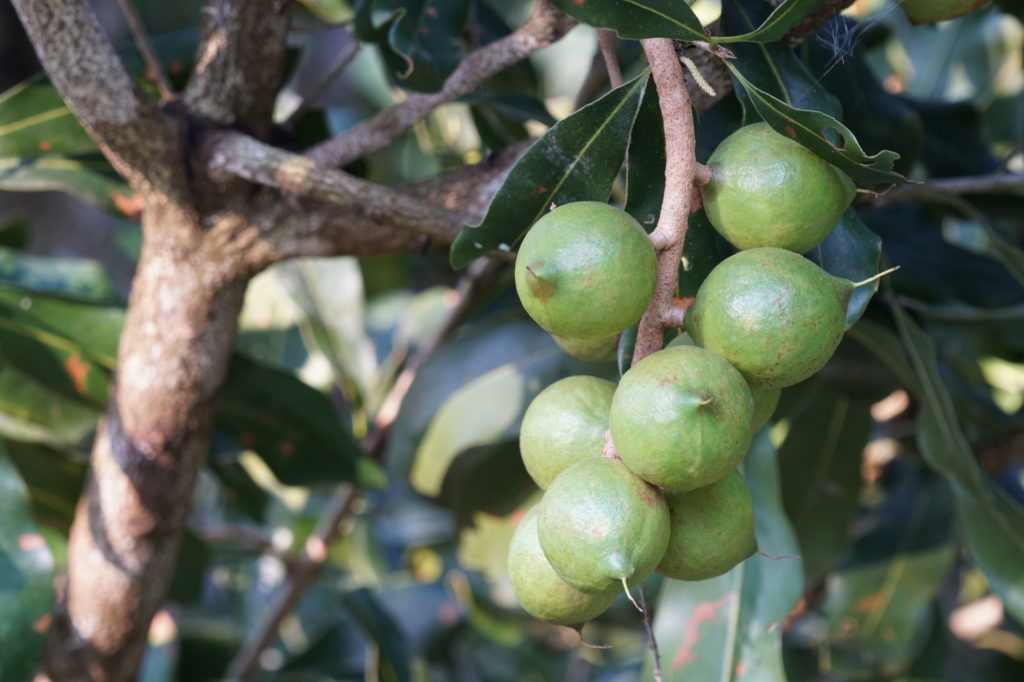Q. I would like to rejuvenate my strawberry patch with some new plants. Last year, I tried rooting the leaves with mixed results. Would I be more successful if I planted seeds?

A. Strawberry plants should be replaced every few years as the berry size and yield declines significantly with older plants. The June bearing types produce the large-sized berry found at the supermarket, but they only produce one crop a year. The everbearing varieties are the most popular for home gardens as they produce multiple crops; however, the plants are usually spent after three years. Propagating strawberries from a leaf cutting is generally disappointing, as you have found. There are three primary methods of propagating strawberries. You could divide the multiple crown plants, plant seeds, or plant the rooted runners. There are positives and negatives about propagating each type; however, most gardeners have found that the easiest method is by using runners. Runners are naturally occurring stems that are sent outward from the base of the primary or mother plant. These horizontal stems develop throughout the year. The June bearing type strawberries produce lots of runners while the everbearing varieties produce just a few. When the runners touch the ground, new roots develop at that point. This is possible because of a strawberry plant’s ability to form adventitious roots. These specialized roots are formed at the nodes along with a runner. Wherever these roots touch the ground, they will continue to grow into that soil and establish a new clone plant. These plants are genetically identical to the mother plant. Once rooted, you can cut the mother plant’s runners and transplant the new strawberry plant or leave them in place. You can get multiple plants off a single runner by pinning the stem in several spots. I’d use a bobby pin, paper clip, or anything else that will hold the runner in place. It would be best if you rooted many more plants than you actually need, so you can select the most vigorous plants for transplanting. The typical source of strawberry seeds is the berry itself. A strawberry is the only fruit known to produce their seed on the outside of the berry. There are germinated like any other type of seed; however, I’d cut the berry up into smaller sections as they’re easier to cover. There are approximately two hundred seeds on a typical berry. So there is a good possibility they will germinate, but the seed-propagated strawberry plants will exhibit the grandparent plants’ genetic traits instead of the desired parent plant. The wild or Alpine strawberry varieties are an exception to this and will produce plants true-to-form. Their fruits are much smaller, in general, and not recognized by most as the “strawberries” that are commonly bought and consumed today. Besides, these varieties do not produce runners. The seed for heirloom and open-pollinated varieties are available. You’ll need to go online and Google’ strawberry seeds’ for a list of suppliers.
Q. We purchased a small Macadamia Nut tree from one of the gift shops at the Honolulu International Airport. It’s sitting on the back porch, and I’d like to plant it. Can you give me some care instructions?

A. Macadamia trees are a large evergreen reaching a height of fifty-plus feet with a widespread. It’s easy to grow, taking the same care and fertilizer as an Avocado, but they don’t start producing until they’re between seven and ten years old. The nuts are somewhat problematical to harvest as the nuts fall randomly from the tree when they’re mature. Besides, a tough shell protects the nut; there aren’t’ easy to crack. But the biggest drawback is that they’re very susceptible to cold weather damage; hence, very few are grown in California.
Note: Macadamia trees are also known as the Queensland Nut and are native to Australia. It’s the only native Australian plant introduced into the United States that is used as a food source.
Q. I need to prune my Crape Myrtle trees as they need to be shaped. Unfortunately, when I went out to prune, I found that they already had flower buds. If I prune the buds off now, will the trees bloom this summer?

A. Yes, your trees will bloom this summer. Crape Mrytles doesn’t set their flower buds at this time of the year. The flower buds form at the tip of the new growth that develops with the spring flush of growth. Hence, it’s important to feed them in the spring with an organic shade tree or all-purpose plant food. Those trees that are undernourished fail to flower or flower poorly. Anytime through the end, April is an ideal time. I’d apply a half-pound of fertilizer per inch of trunk diameter, measured two feet off the ground. The fertilizer is evenly spread under the canopy of the tree. Now back to your question. The structure you are seeing is the seed pods from last year’s flowers. When mature, the pods shatter, and the seed is distributed by the wind everywhere. Fortunately, the seed is sterile, so you’ll not have an abundance of the seedlings germinating all over, like other trees.
Leave a Reply